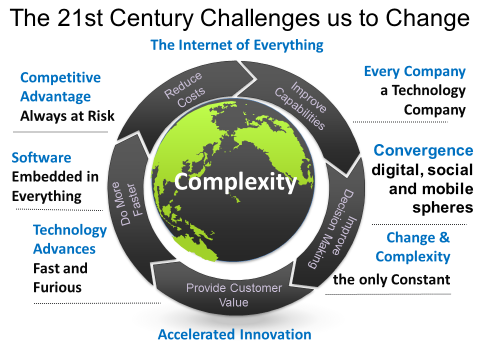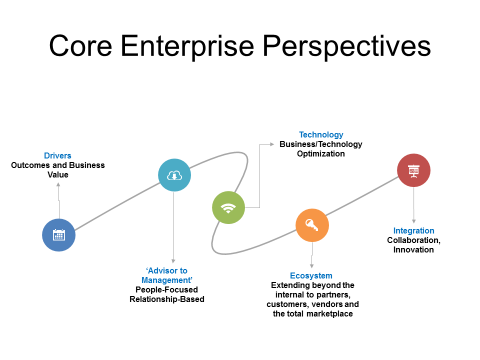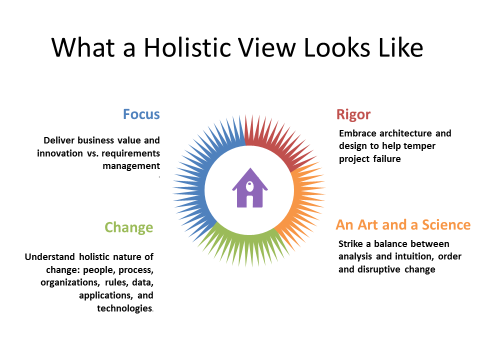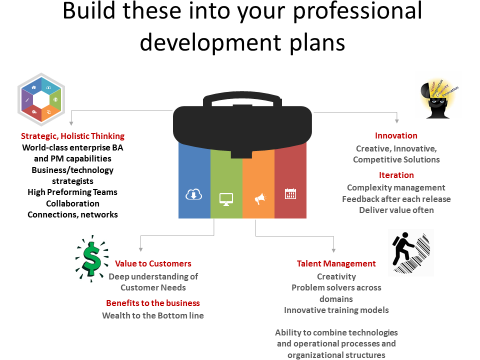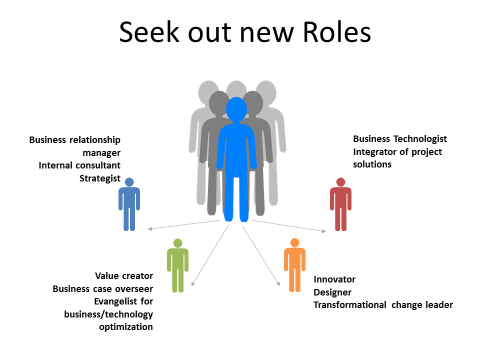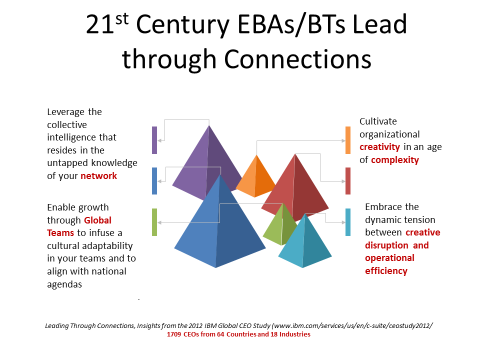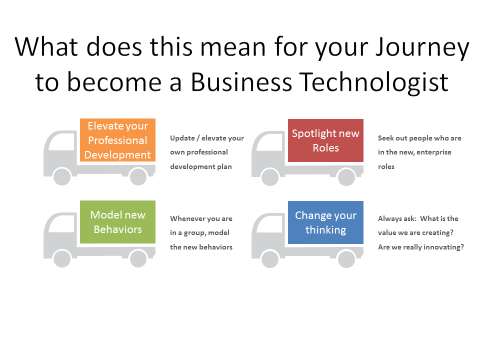Strategy Spotlight: Catapult the Organization Forward: Discover a CEO’s Thinking
I was interviewing a CEO of a successful technology product and service company. We were discussing what made the company successful and also their challenges. He openly spoke of the way they approach business growth and their culture with an emphasis on people – both internal and external stakeholder relationships.
Here are the things that were on the CEO’s mind and the commitments they made. I suspect some of these are on your leaders’ minds and you should know them if you want to participate in your company’s success.
Business Growth
When we started talking about business growth I asked the CEO to define what this meant to his company. It was clearly stated that they measured business growth two ways; by top line sales and bottom line results. From an SBA’s (strategic business analyst) perspective this helps tell you where you can have an impact. For example, if your focus is on cost reduction then you get to impact the bottom line through process improvements or other cost reduction measures.
Acquisition
One part of the approach to business growth for this CEO was through acquisition. The acquisition strategy was about finding complementary products and services that were within the business’s ability to acquire that fit with the culture of the organization. There was a huge emphasis placed on people and culture because acquiring another business that did not fit made no sense to this CEO. The reason was simple; wrong culture and wrong fit mean conflict and negative business impact.
Related Article: Question Everything About Your Business: 7 Candid Questions That Need to be Asked
So for this company, if the BA is part of a team evaluating acquisition. they would need to know the parameters of analysis using a combination for financial, human resource and risk management approaches to help determine if a move forward is a good idea. This could apply internally as well as when looking at department adjustments. Not to mention if the company succeeded in acquiring another organization, the BA would need to document all the cultural changes, process shifts and adjustments that need to be made. The BA should be part of the success of this approach.
Organic Growth
The organic growth is a portion of growth that applies to increased output, customer base expansion, new product development, innovation, or the geographic placement of your company to serve a clientele. This CEO explained that this is something they can do at a relative consistent annual rate given the nature of their business. For example, a 5 percent annual growth rate per year would be consistent.
But with a little creative development, they could create a revenue pop in their business. The example provided was when a group of business analysts had the idea of recycling metal from old equipment and selling to recycling companies. It turned out to be a small but doable branch of their business done by a couple of people who cared about the environment, took the time to identify the requirements, recommend solutions and help make it happen.
Three-Legged Stool Analogy
This analogy has been around for a long time and is sometimes referred to as the Three-Legged Strategy. When this CEO and I started to discuss this business approach we had a good laugh as we both understood that the Three-Legged Strategy applies to a lot of things. But our focus is the CEO’s perspective. In this case, we talked about customer service, product sales, and maintenance agreements.
They placed a lot of emphasis on training their people to do three things. First, making sure they are solving the customer’s problem no matter what. Second, asking their customers who else should they be speaking to in their company that could also use their services? Third, the simple question, how can we help? All three of these things helped build the business through relationship building and can be part of the external and internal culture of the business.
Their product line was twofold, soft consumables and hard products. Their business growth starts first with customer consumable products. This particular technology company sold customer products that customers would consume on a regular basis, creating a regular cash flow. The consumable products helped the company create a wedge in their customer’s business, opening the door to other opportunities. Think an inch wide and a mile deep. Once they opened the door, they could sell other products.
Their hard products, he felt, were things they could sell once due to the cost. Generally, it would be a capital purchase by a client. They are always looking to sell their hard products, but the real cash flow is in the maintenance agreements to service the equipment. So the emphasis was placed on ways to maintain these contracts and to find additional offerings related to this service. This way they were focused on value services. Their BAs helped define the service and maintenance programs through analysis of the business intelligence data.
There are many lessons learned here relating to the Three-Legged Stool approach. You can see that their culture is a customer focused environment where making sure that the needs of the customer are completely understood and solutions were forthcoming. The culture also reflected that they thought out where their revenue streams were and they emphasized actions towards supporting that area. From an internal perspective, I could see services of an IT department (or any department) following a similar approach for their internal clients. It just needs to be defined.
People and Culture
This was the final piece of the puzzle for this CEO. Not necessarily the last. It just happened we agreed at the start of our discussion to follow a certain flow.
Their culture, he felt, was one of the most important parts of the business success. They were always having discussions on how to improve that part of the business. He was proud to tell me of the $250 annually that each employee gets to give to charity and the company match on top of that and the weekly call out sessions where employees complimented their peers on the work they did. Basically creating a culture where people are engaged and work together to solve problems. But the big word was FIT. People they hired needed to fit with the organization and live the business values. As we reviewed the values, I had the CEO provide examples of what living the values looked liked. Given the nature of the project we were about to embark on this was important to know. Overall this company wanted a culture of trust. Something a BA can learn to do when working with people using the formula; like you, know you, and trust you and I will work with you. But maybe that is another blog on how to build a culture of trust.
Final Thought
As I share this blog and the interview that I did with this CEO I can’t but help think about what I found out. This was a reconnaissance mission to understand the business, the issues, the driving forces and risks. I did get what I needed. This important conversation provided me insight into what was on the CEO’s mind, the leadership commitments of the organization and the lessons learned. I got to ask all sorts of questions related to the business to gain perspective and thinking. This provided valuable information to help define the future, analyze commitments and implement solutions.
As a strategic business analyst, I believe that information and business intelligence data can be used to help business’ achieve its goals and objectives, to analyze aspects of the business to solve problems and provide solutions that fundamentally will help catapult the organization forward. It is important to discover what is on the minds of the CEO. Hopefully, you do too.
Remember to:
Do your best,
Invest in the success of others,
Make your journey count,
Richard



